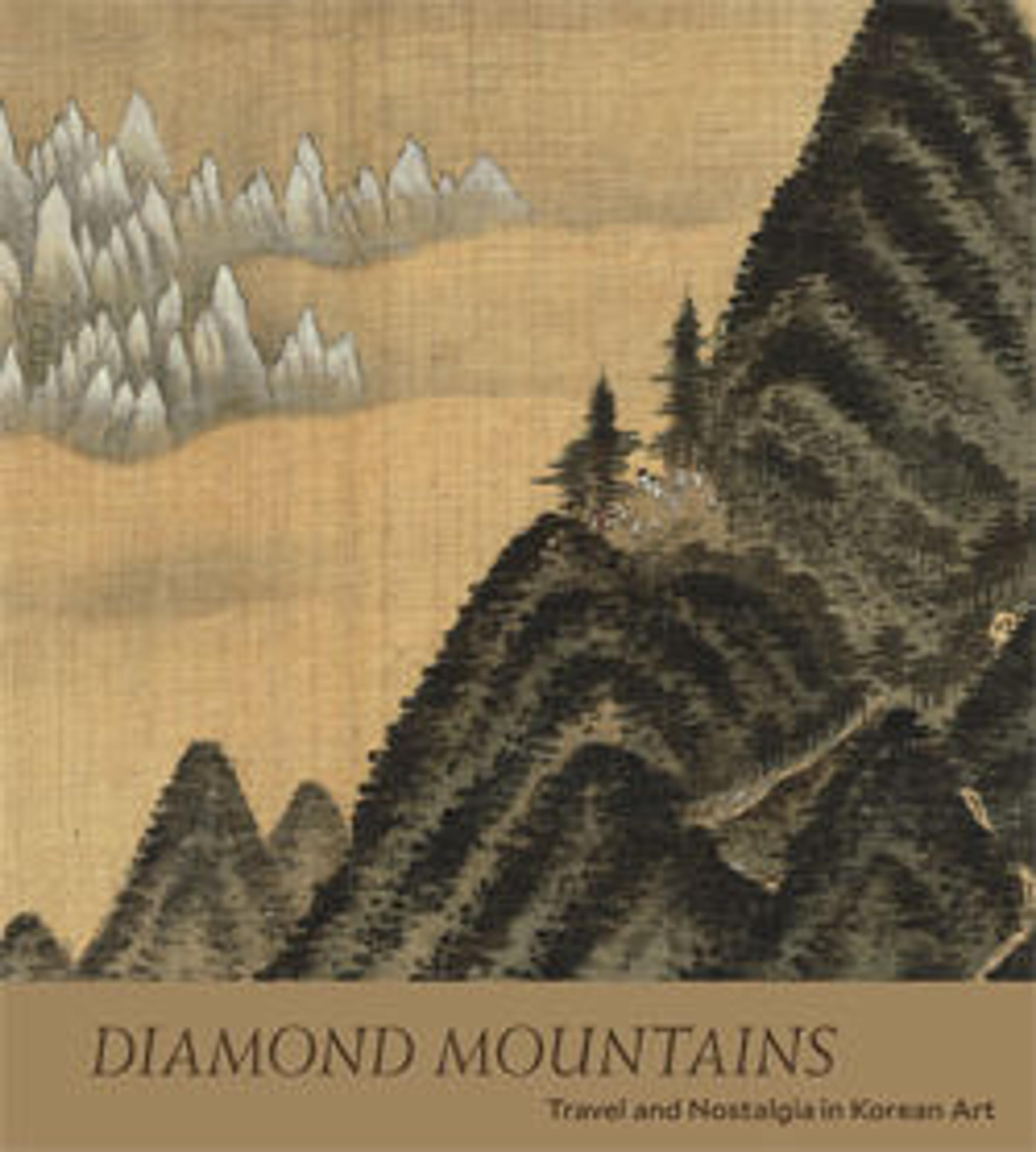Eight views of the Yellow Mountains
In the seventeenth century, painters from Anhui began to exploit the album’s special qualities to represent the Yellow Mountains (Huangshan), vista by vista, one leaf at a time. This example, by the relatively little-known artist Zheng Min, ranks among the best Huangshan albums; its compositional originality and subtle brushwork unfolds over a journey of eight distinct parts. Zheng Min combined the signature dry brush technique of the Anhui School’s founder Hongren with subtle ink washes to create a less austere, more descriptive style. Adding to the album’s appeal is the artist’s lengthy inscription, on the final leaf,which explains the story of the album’s creation.
In this long inscription, written to accompany the album, Zheng Min explains the circumstances of its creation: [Summary]: In 1681, Zheng was approached by a younger friend named Chuzhen, who asked the master to paint two albums: one for him, and one for a friend. He obliged, painting this album for Chuzhen in the hopes of spurring his interest in Mount Huang, where the young man had never been. Zheng Min himself had been there only twice, the most recent trip more than seven years earlier. He painted this album from memory. In his inscription, he writes, “In the future, after all his children get married, if Chuzhen ever travels there, I hope he will take this album with him to check against the actual sites. I will then become his tour guide.”
—Trans. by Shi-yee Liu
In this long inscription, written to accompany the album, Zheng Min explains the circumstances of its creation: [Summary]: In 1681, Zheng was approached by a younger friend named Chuzhen, who asked the master to paint two albums: one for him, and one for a friend. He obliged, painting this album for Chuzhen in the hopes of spurring his interest in Mount Huang, where the young man had never been. Zheng Min himself had been there only twice, the most recent trip more than seven years earlier. He painted this album from memory. In his inscription, he writes, “In the future, after all his children get married, if Chuzhen ever travels there, I hope he will take this album with him to check against the actual sites. I will then become his tour guide.”
—Trans. by Shi-yee Liu
Artwork Details
- 鄭旼 黃山八景 水墨紙本 九開冊
- Title:Eight views of the Yellow Mountains
- Artist:Zheng Min (Chinese, 1633–1683)
- Period:Qing dynasty (1644–1911)
- Date:1681
- Culture:China
- Medium:Album of nine leaves of painting and calligraphy; ink on paper
- Dimensions:Image (leaf a): 9 1/2 × 5 1/2 in. (24.1 × 14 cm)
Overall with mounting (a): 12 1/4 × 14 5/8 in. (31.1 × 37.1 cm)
Overall with mounting (leaves b–h): 12 1/8 × 14 3/8 in. (30.8 × 36.5 cm)
Image (i frontispiece): 10 1/8 × 12 1/4 in. (25.7 × 31.1 cm)
Image (j inscription by the artist): 10 3/8 × 12 1/2 in. (26.4 × 31.8 cm)
Overall with mounting (i and j): 14 5/8 × 12 1/4 in. (37.1 × 31.1 cm) - Classification:Paintings
- Credit Line:Purchase, The Vincent Astor Foundation Gift and Susan Dillon Gift, in honor of James C. Y. Watt, 2012
- Object Number:2012.167a–l
- Curatorial Department: Asian Art
More Artwork
Research Resources
The Met provides unparalleled resources for research and welcomes an international community of students and scholars. The Met's Open Access API is where creators and researchers can connect to the The Met collection. Open Access data and public domain images are available for unrestricted commercial and noncommercial use without permission or fee.
To request images under copyright and other restrictions, please use this Image Request form.
Feedback
We continue to research and examine historical and cultural context for objects in The Met collection. If you have comments or questions about this object record, please contact us using the form below. The Museum looks forward to receiving your comments.
